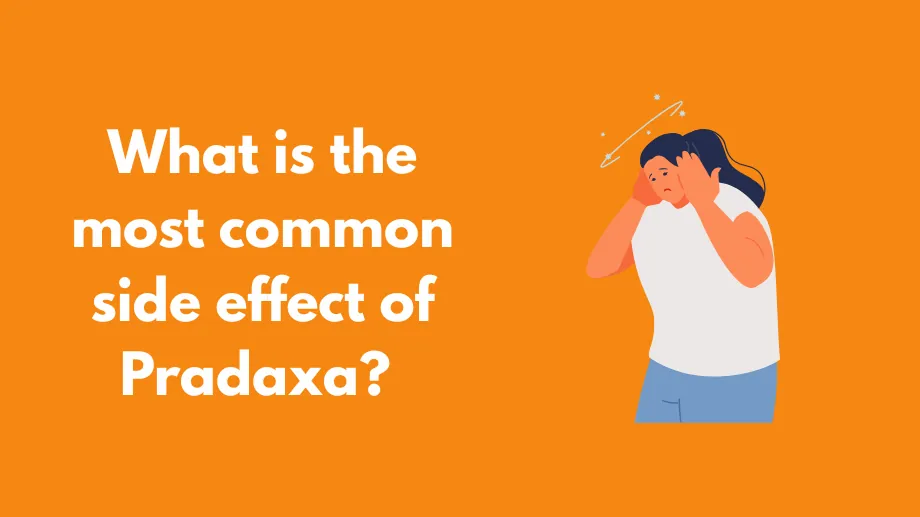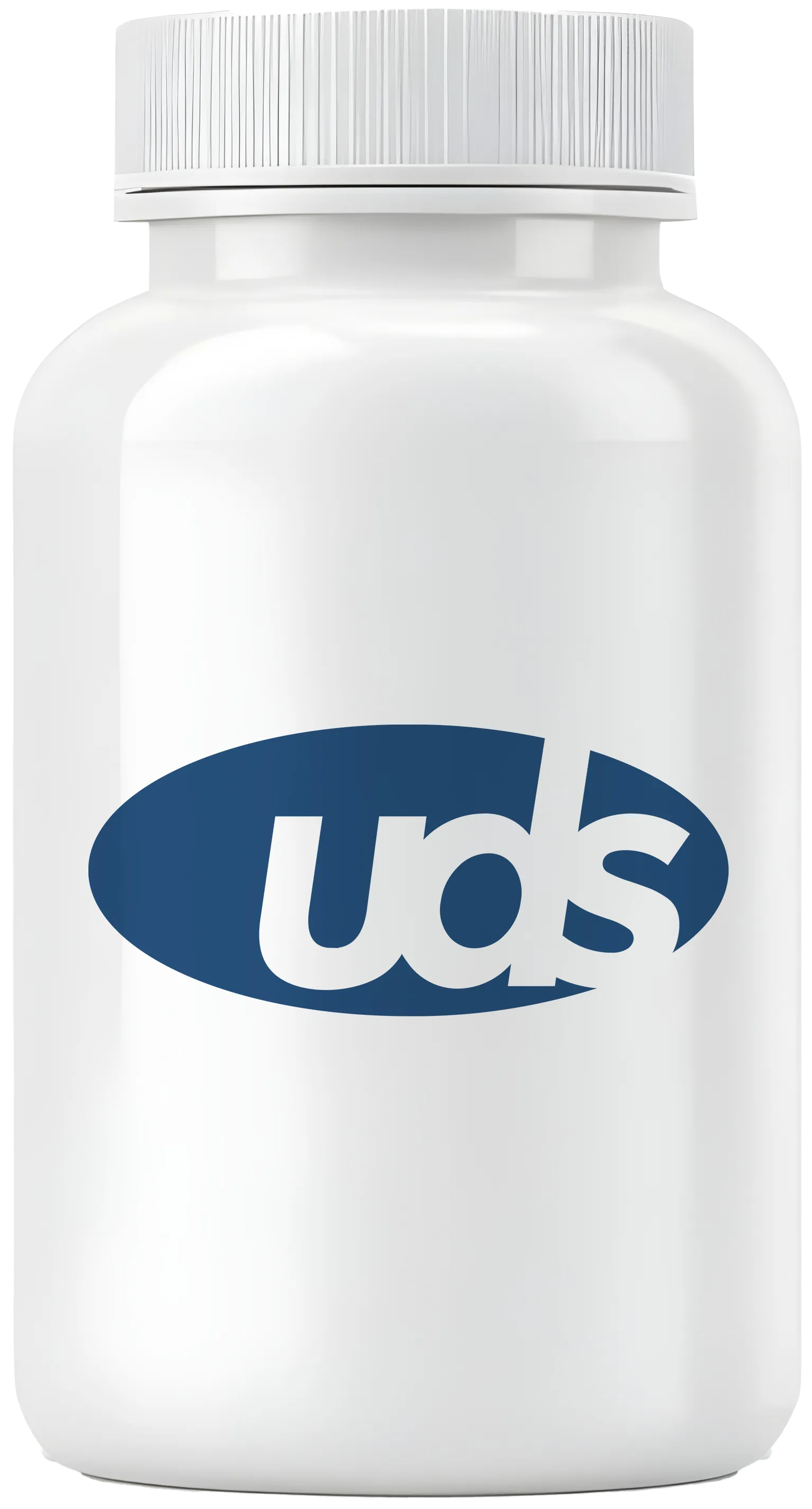What is the most common side effect of Pradaxa?

Pradaxa (dabigatran etexilate) is an oral capsule used to help prevent blood clots and strokes in certain people. It can be used short‑ or long‑term, depending on the condition being treated. Like all medications, Pradaxa can cause mild and serious side effects. Because it affects how your blood clots, the most common side effect is an increased risk of bleeding. In rare cases, serious bleeding events can occur and may be fatal. If you experience symptoms of serious bleeding, seek immediate medical attention.
Keep reading to learn more about Pradaxa’s side effects, how it works, and other frequently asked questions.
Pradaxa FAQs
What Are the Other Common Side Effects of Pradaxa?
- Upset stomach and indigestion
- Stomach pain
- Acid reflux (heartburn)
- Increased bleeding
What Are the Serious Side Effects of Pradaxa?
- Life‑threatening allergic reactions (hives, facial/lip/tongue/throat swelling, chest pain, breathing trouble)
- Severe bleeding, including brain bleed and gastrointestinal hemorrhage. Seek immediate care if you experience:
- Unusual gum bleeding
- Recurring nosebleeds
- Heavy menstrual bleeding
- Pink or brown urine
- Red or tarry black stools
- Coughing up blood
- Vomiting blood or “coffee grounds” appearance
- Joint pain
- Stomach ulcers
- Increased clot risk if Pradaxa is stopped early
- Spinal paralysis or bleeding with epidural/lumbar puncture. Notify your provider if you have:
- Back pain
- Numbness, tingling, or weakness in legs or feet
- Bowel or bladder dysfunction
These are not all possible adverse effects. Always consult your healthcare provider with any concerns. Report side effects to the FDA at 1‑800‑FDA‑1088 or www.fda.gov/medwatch.
What Does Pradaxa Treat?
- Reduces stroke and clot risk in adults with non‑valvular atrial fibrillation
- Prevents clots after hip replacement or prior clot treatment
- Treats pulmonary embolism (PE) or deep vein thrombosis (DVT) after 5–10 days of injectable anticoagulant
- Treats venous thromboembolic events (VTE) in children aged 8–17 following ≥5 days of injectable anticoagulant
- Lowers VTE risk in children aged 8–17 previously treated for VTE
Do not use Pradaxa in patients with artificial heart valves (risk of stroke/heart attack).
How Does Pradaxa Work?
Pradaxa is a direct thrombin inhibitor (anticoagulant). It prevents blood clots by blocking thrombin, reducing stroke risk without requiring routine blood tests.
Pradaxa Drug Interactions
Pradaxa may interact with:
- Other anticoagulants (clopidogrel, heparin, enoxaparin, prasugrel)
- NSAIDs (naproxen, ibuprofen)
- Dronedarone
- Rifampin
- Ketoconazole
Shop Medications
Is There a Boxed Warning?
Do not stop Pradaxa prematurely (increased risk of stroke/clots). Risk of spinal/epidural hematomas with spinal procedures—may cause paralysis; seek immediate help for neurological symptoms.
What Other Warnings or Precautions Apply?
Inform your provider if you have:
- Kidney problems
- Bleeding history
- Dabigatran allergy
- Stomach ulcers
- Antiphospholipid syndrome (APS)
- Pregnancy or breastfeeding
- Upcoming surgery or dental work
What Foods Should You Avoid?
Unlike warfarin, Pradaxa has no dietary restrictions—no need to avoid vitamin K foods. Avoid grapefruit or grapefruit juice if you have kidney issues (may increase bleeding risk).
What Happens When You Stop Pradaxa?
Stopping Pradaxa increases clot and stroke risk. Do not change or stop without provider guidance.
What Do You Do if You Miss a Dose?
Take missed dose as soon as remembered on the same day. If under 6 hours before next dose, skip it. Do not double dose.
Is Weight Gain a Side Effect?
Weight gain was not reported in trials. However, reduced mobility after surgery may lead to weight gain; discuss strategies with your provider.
Related Medications
- Coumadin (warfarin)
- Eliquis (apixaban)
- Lovenox (enoxaparin sodium)
- Angiomax (bivalirudin)
- Xarelto (rivaroxaban)



